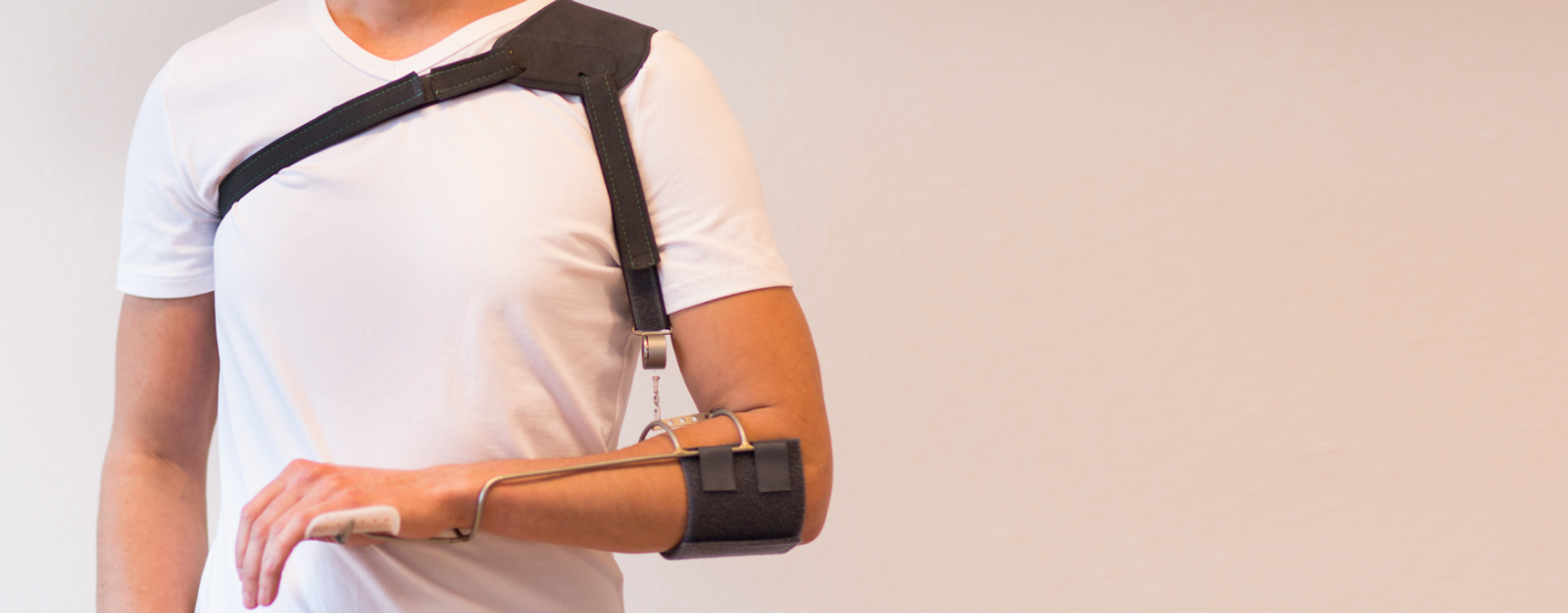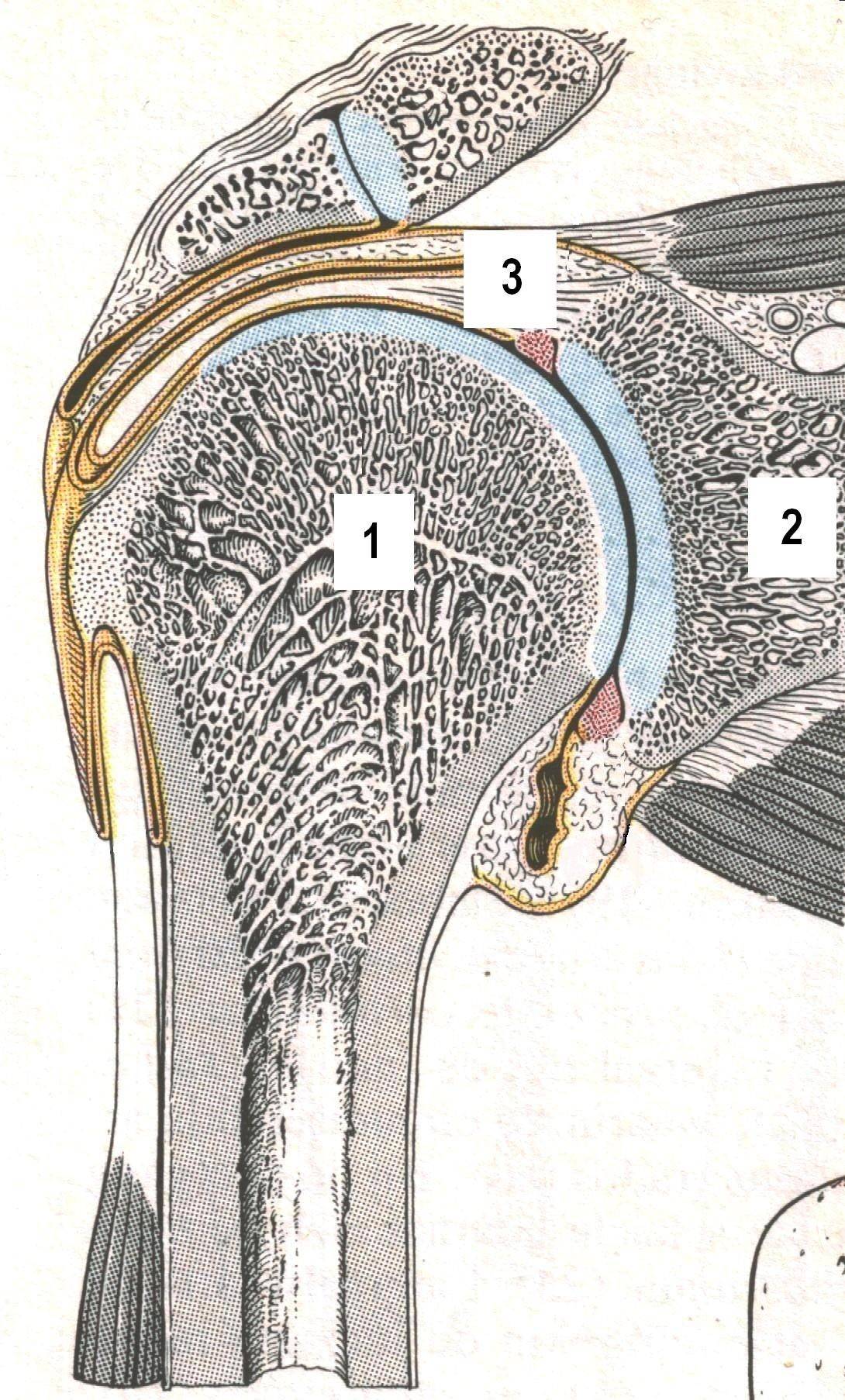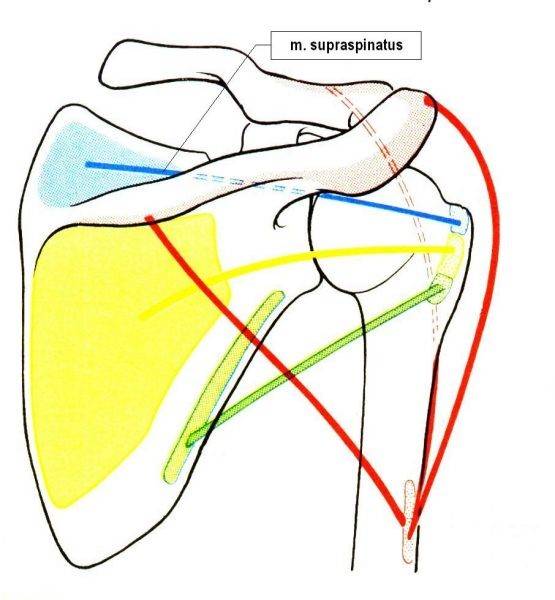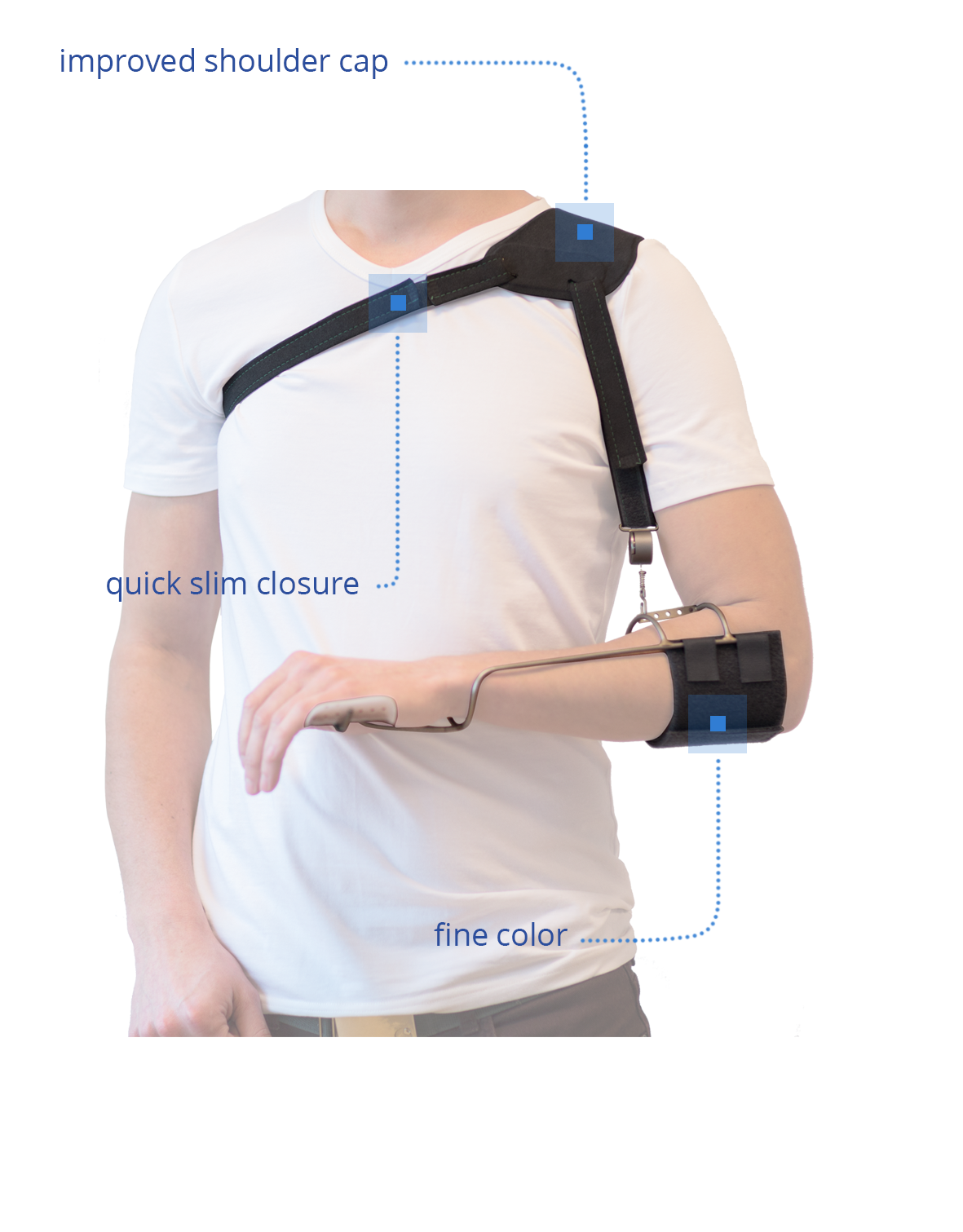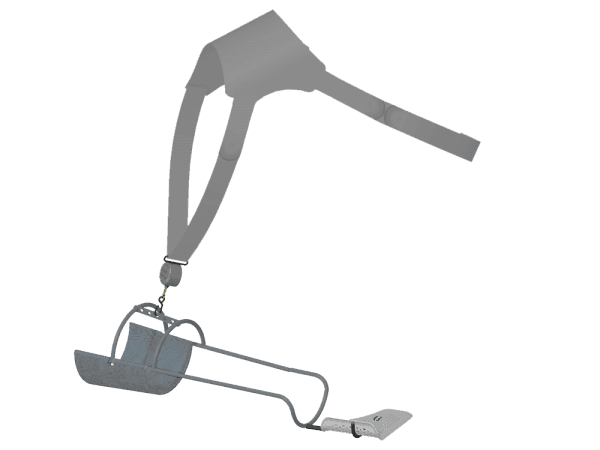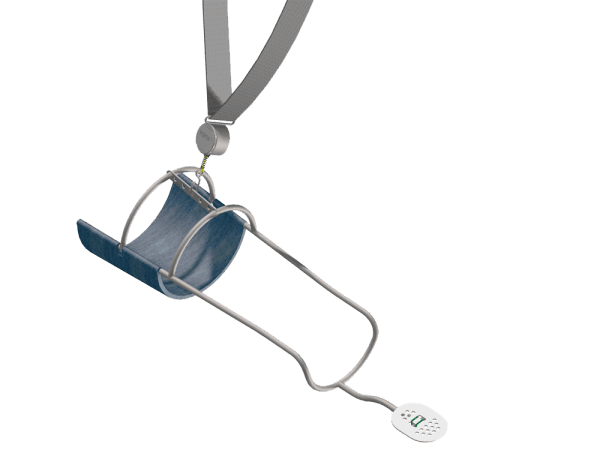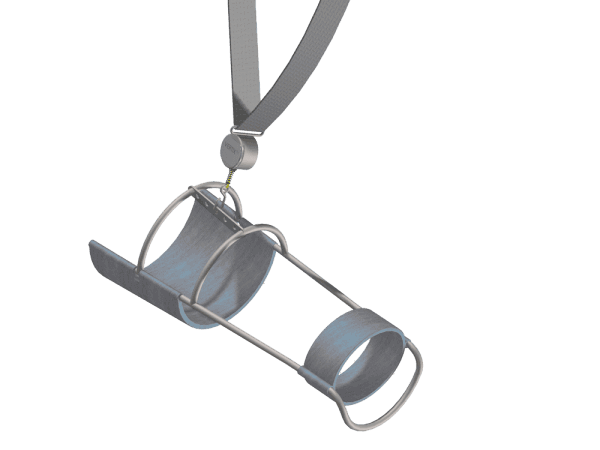How does the Wilmer Carrying Orthosis work?
Treating a shoulder (sub)luxation by wearing a sling may reduce loading on the ligaments and capsule, it doesn’t neutralise the (sub)luxation itself. On top of that a sling needs to be worn over clothing, highly limits arm mobility and,last but not least, it loads the neck.
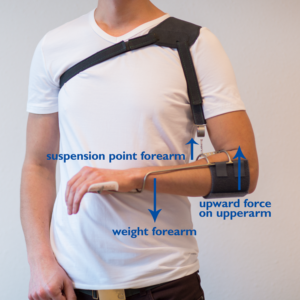
Working principle WILMER Carrying Orthosis
The WCO does have effect
The use of the WILMER Carrying Orthosis does lead to effective neutralisation of the (sub)luxation. The Carrying Orthosis suspends the arm close to the elbow (see photo), leading to a slight misbalance of the weight of the forearm in reference to the weight of the upper arm.
The gravity does the rest
When the forearm is directed downwards by gravity, the upper arm is, at the same time, pushed upwards, leading to the head of the upper arm finding its support in the shoulder joint again. This smart use of mechanics makes the WCO a unique product. It is still the only orthosis that is really capable of neutralizing (sub)luxation. If you want to know more about the operation of the WCO then download here an article explaining in detail how this orthosis works, but also why a sling doesn’t.
No neck load
The Carrying Orthosis is equipped with a shoulder cap that leaves the neck and often painful shoulder head unloaded. The design of the Carrying Orthosis allows it to be worn fully underneath clothing. There is only a mild limitation of arm mobility. The predominantly horizontal position of the forearm reduces the chance on oedema formation.
Treatment is necessary
In general a shoulder (sub)luxation is a permanent condition. If a (sub)luxation remains untreated, the shoulder will gradually increase its drop out of position. This is usually a highly painful situation. On top of that the arm can hardly be used functionally. An orthosis is necessary to prevent further increase of the (sub)luxation, to reduce pain and to regain some of the arm functions.
Could the Wilmer Carrying Orthosis benefit you?
If you’re interested in additional information on the carrying orthosis, or if you want to find out if the carrying orthosis could benefit you, please feel free to contact us. You can phone us at +31 53 430 28 36 or email us: info@ambroise.nl
One of our clinical experts Nils or Joep are more than happy to discuss the best solution for your problems with you. And we’re more than happy to see how we can realise a well fitted Carrying Orthosis for you, provided that this will be a suitable option in your case. Click here to read more about this route.
Your local orthotist or specialist should also be able to provide additional information on the applicability of the WILMER Carrying Orthosis in your case.
